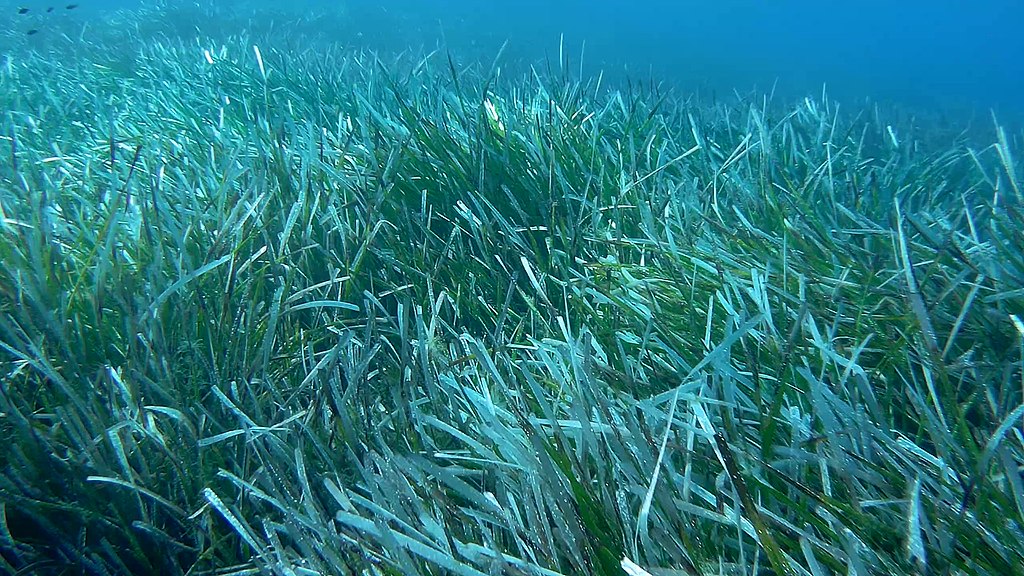Seagrass meadows are an important part of the vulnerable ecosystem between water and land, a habitat for many species and especially for their offspring. But seagrass meadows have become increasingly endangered along many shores which in turn lose the protection against erosion provided by seagrass roots.
A 30-year-study [1] reveals poor prospects for seagrass meadows. With sea levels rising everywhere, seagrass meadows which grow in shallow water only get increasingly drowned, and many of the new shallow areas along the beaches where seagrass could move to are already occupied by human activities like beach tourism, settlements, harbours, industry, etc.
While seagrass meadows are vanishing at a rate of 7% per year, scientists and conservationists are trying to restore seagrass [2]. Human ingenuity seems to be almost unlimited. However, as sea levels continue to rise, what we need first of all is the allocation of an almost unlimited share of the newly formed shallow areas—where else would we want to restore seagrass?
Picture:
Seagrass meadow (Posidonia oceanica) (credit: Milorad Mikota / Wikimedia Commons)
References:
[1] Rapid sea level rise causes loss of seagrass meadows
[2] A successful method to restore seagrass habitats in coastal areas affected by consecutive natural events
See also (in German) about the Majorcan example in preserving seagrass meadows

